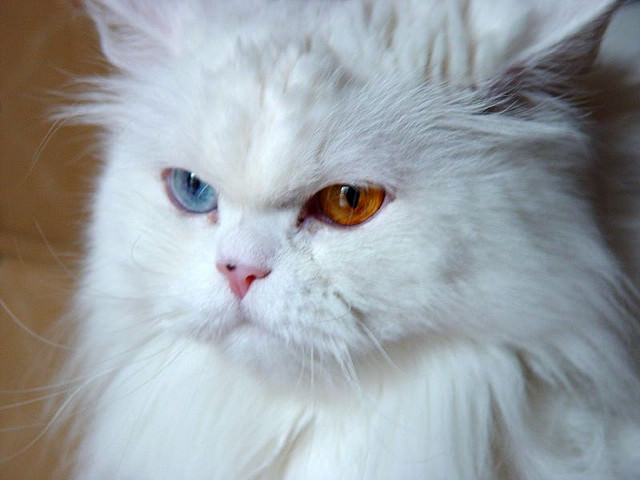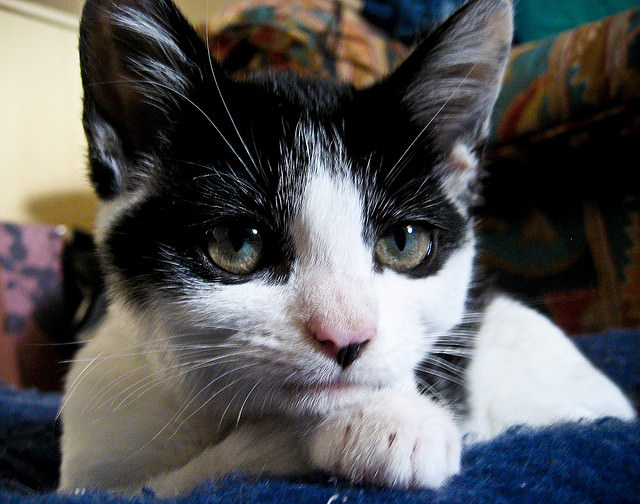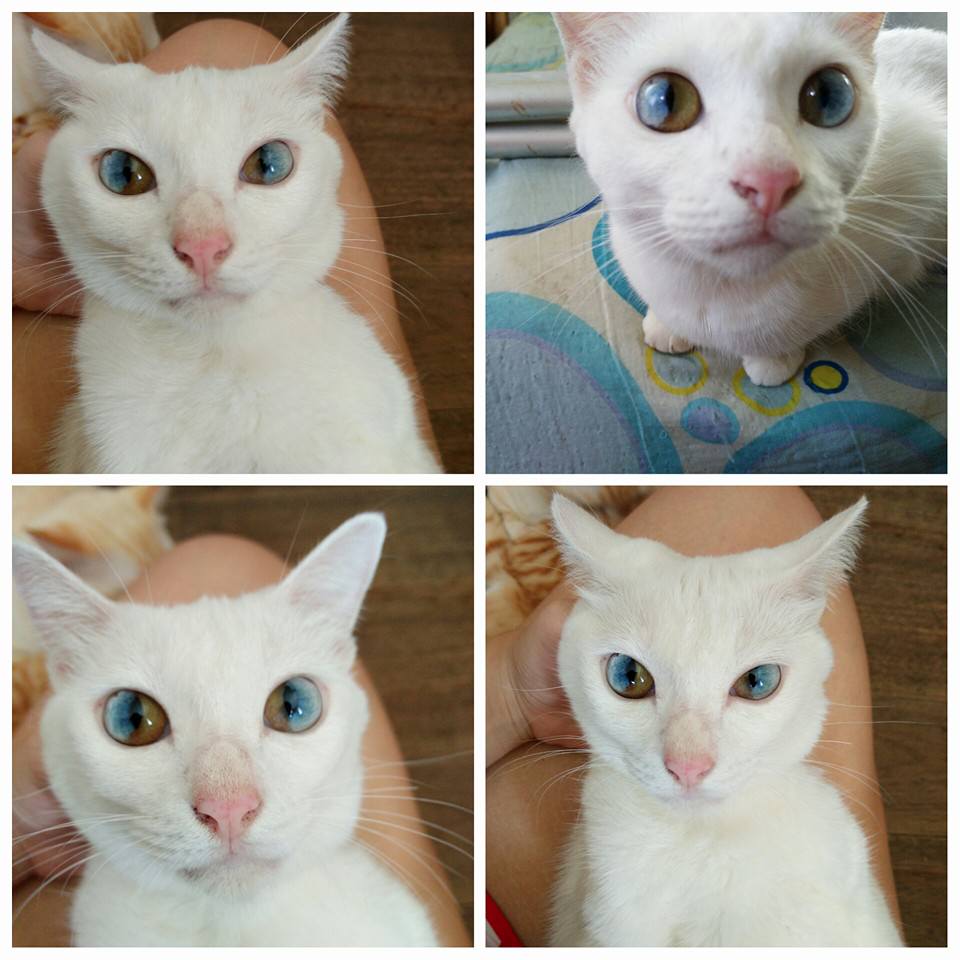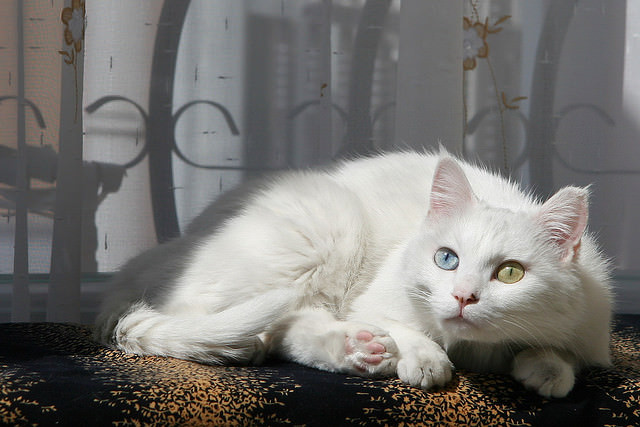The Alluring Beauty of Felines with Heterochromia: Understanding the Science Behind Multi-Colored Eyes in Cats
October 25, 2023
It’s simply impossible not to be mesmerized by a cat that boasts eyes of two different colors. It’s an even rarer sight to see a feline with different hues blended in one eye, but they do exist! If you come across a cat with this unique characteristic, know that it’s a condition known as heterochromia. Rest assured, it isn’t a medical issue, and cats with heterochromia don’t face any negative consequences, including vision problems.

Did you know that humans can also have heterochromia? It’s not just limited to cats. Some famous humans with this condition are Dan Aykroyd and Kate Bosworth. Interestingly, David Bowie was often mistakenly believed to have heterochromia, but in reality, one of his eyes appeared darker due to an injury that caused dilation of one pupil. Heterochromia comes in two types: complete heterochromia, where the eyes are two different colors, and sectoral heterochromia, where a single eye has two different colors in the iris.

The words “complete heterochromia” and “sectoral heterochromia” may sound like technical terms, but they simply refer to the condition of heterochromia iridis, which means “different colored irises” in Greek. So how does this peculiar trait occur in cats? It’s all about genetics, which determines pigmentation. At birth, all kittens have blue eyes, but their true eye color only becomes visible between 7-12 weeks when melanin, a pigment, moves into the iris. Eye color is determined by the amount of melanin that enters the iris, and no melanin results in blue eyes.

Heterochromia, a condition where cats have different colored eyes, is often caused by genes that also result in all-white or bi-colored cats. Breeds such as the Japanese Bobtail, Turkish Angora, and Turkish Van are more susceptible to developing heterochromia due to their genetics. However, any cat can potentially have this condition as long as they have the right genetic makeup.

When a kitten grows up, it is possible for one of her eyes to always remain blue due to genetics preventing melanin from reaching it. This is called complete heterochromia. On the other hand, sectoral heterochromia occurs when there are different concentrations of melanin present in one iris, resulting in one eye having multiple colors. This phenomenon is quite impressive, isn’t it?

Although it may be fascinating to see your cat’s eyes displaying multiple colors, it is crucial to take your pet for medical examination if you notice such changes after they have grown up. Normally, a kitten’s eye color development occurs within the first 12 weeks of their life. Any alterations in color after that time could indicate issues such as inflammation, iron accumulation, or blood in your feline friend’s eyes.